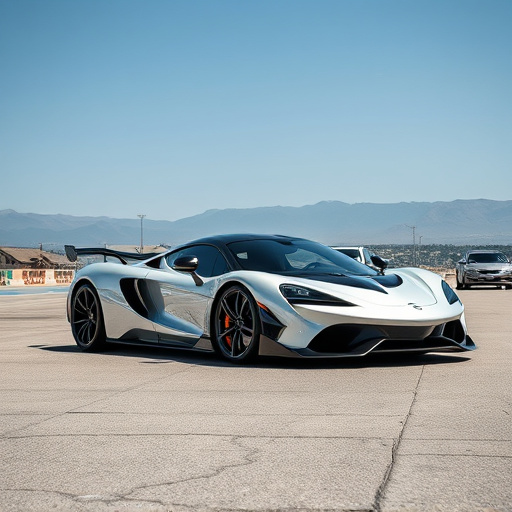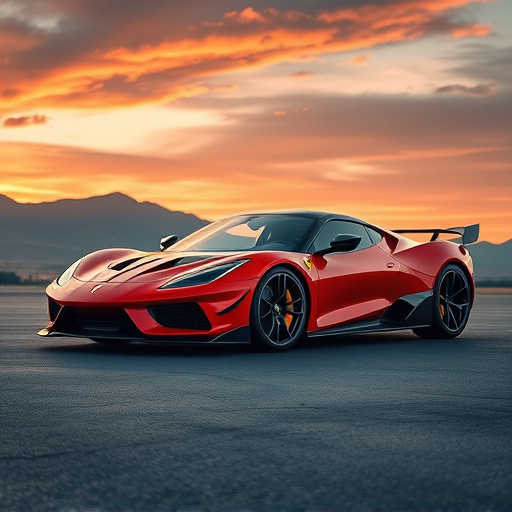When choosing between dry and oiled filter intakes for your vehicle, consider their particle capture methods and applications. Dry filters are simpler and cheaper to maintain but less effective in harsh conditions, while oiled filters offer enhanced efficiency in dusty or off-road environments at a higher upfront cost due to required oil changes. While dry filters have lower initial costs, their frequent replacements lead to higher maintenance expenses; oiled filters, though more expensive initially, can improve engine performance and longevity by offering better air flow and particle capture with reduced replacement frequency.
“Uncover the financial intricacies behind dry and oiled filter intakes with this comprehensive guide. When it comes to initial costs, these two systems present distinct advantages and drawbacks. We break down the spending for each system in ‘Initial Investment’, offering transparency on price points and components. Furthermore, ‘Performance and Longevity’ explores beyond upfront expenses, delving into their long-term viability. Whether you prefer dry or oiled, this article equips you with knowledge to make an informed decision between these contrasting intake systems.”
- Understanding Dry and Oiled Filter Intakes: A Comparison
- Initial Investment: Cost Breakdown for Each System
- Performance and Longevity: Beyond the Upfront Costs
Understanding Dry and Oiled Filter Intakes: A Comparison

When considering a new air filter for your vehicle, understanding the difference between dry and oiled filter intakes is crucial. Dry filter intakes, as the name suggests, do not use any oil for particle capture. Instead, they rely on a fibrous media to trap dirt, dust, and other contaminants. These filters are typically less expensive and easy to maintain, requiring regular washing or replacement of the entire unit. They are suitable for vehicles that primarily operate in dry conditions and don’t encounter high levels of road grime.
In contrast, oiled filter intakes employ a unique design where a thin layer of oil helps capture smaller particles more efficiently. This oil-coated media allows for a higher flow rate, ensuring better airflow while still providing robust filtration. Oiled filters are often more expensive but offer longer service life and superior performance in regions with heavy dust or dirt conditions. They are ideal for off-road vehicles or those used in construction sites or dusty environments.
Initial Investment: Cost Breakdown for Each System

When comparing different intake systems, one of the key factors that sets them apart is their initial cost. The investment required to install a new air intake system can vary significantly depending on the technology and components involved. For instance, dry filters and oiled filter intakes represent two distinct approaches with unique price implications.
Dry filter systems, known for their simplicity and ease of maintenance, typically offer a lower upfront cost. This is because they use a paper or cotton filter that doesn’t require oil changes, reducing the overall expense associated with installation and routine maintenance. Conversely, oiled filter intakes, while potentially providing enhanced engine performance and reduced particulate matter intake, usually come with a higher initial investment. These systems employ a foam or cotton filter soaked in oil, which necessitates periodic oil replacement, adding to the overall cost structure. Understanding this cost breakdown is crucial when choosing between dry and oiled filter intakes, balancing upfront expenses with long-term maintenance requirements.
Performance and Longevity: Beyond the Upfront Costs

When comparing initial costs, it’s easy to focus solely on the upfront expense of different car components. However, performance and longevity should also be considered as they significantly impact your investment in the long run. In the case of intakes, for example, dry filters and oiled filters have distinct characteristics that influence their durability and effectiveness over time.
Dry filters, while often more affordable initially, may require more frequent replacement due to their lack of oil to trap fine particles. This can lead to increased maintenance costs down the line. Conversely, oiled filters, though they might carry a higher initial price tag, offer improved air flow and particle capture, potentially reducing the need for as frequent replacements. Thus, in terms of overall cost-effectiveness, oiled filters may prove more economical in the long term by enhancing engine performance and longevity.
When considering a vehicle’s air intake system, understanding the difference between dry and oiled filters is key. While initial costs for dry filters are generally lower, oiled filters offer superior performance and longevity. In the long run, despite the higher upfront investment, oiled intakes provide enhanced engine efficiency and can reduce maintenance expenses over time. Choosing between these options depends on individual needs, driving habits, and budget considerations.














